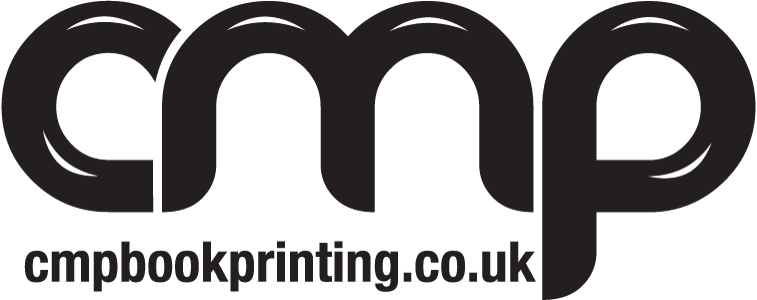How to Structure a Novel
1. Know what Your Basic Structure Will Look Like
Be it a book, play or movie - most stories have a clearly defined beginning, middle and an end. It seems obvious but without knowing roughly what’s going to happen in each ‘act’, you’ll struggle to see your project through to completion.
The beginning should include:
• The inciting incident – what sets the story in motion
• Primary characters
• Establish the setting – this can be a town, a mythical land or a region of space, for example
• Give the story a direction – readers want an idea of where the story is heading
The middle of your story should introduce:
• a plot twist or a major change
• secondary characters come into play
• a primary character could leave the story.
The end of a novel doesn’t have to be a final resolution; especially if it’s either part of a series of has overarching themes that can’t really be resolved – global conflict for example. However it’s important for a major secondary subplot to meet resolution so at least the read comes away feeling like their time was well invested.
It’s also important to remember that not all stories have a happy ending.
2. Create a Structure Early
Work out the bare bones of your work early one. Whilst you can go back and structure your work once the first draft is down, it’s not always easy to crowbar 80,000+ words into a structure when it’s been written entirely organically.
It’s important that you still take the novel in the direction you want but having a framework actually makes that easier because you’ll always have that as your baseline to refer back to.
3. Establish which story structure works for you
Whilst you need a beginning, middle and an end, the structure itself is not fixed and usually conforms to one of three types:
• The three act structure that most people will be familiar with from school. Road trip or self-discovery novels quite often follow this structure.
• The Orson Scott Card’s 4 story structure essentially builds the novel around a single element of the book:
o The milieu – the setting is the focus
o The idea – the question, the mystery, the why
o The character – a character goes through great change
o The event – a major upheaval, cataclysm or order provokes need for change
• The mirror structure has incomplete sections leading up to the middle and then resolves each one in reverse order. Stories that leapfrog through time are often written in this way.
You may find that one structure lends itself to your chosen genre over another but being aware of them so you can play around with each structure is important as it may open up a whole new approach to your novel that you may not have considered before.
Structuring your novel to suit your central idea is huge. Lord of the Rings, for example, suits both a three act structure but could arguable fall under an Event story type as the ultimate aim is to defeat Sauron and bring about a new age in Middle Earth.
The important thing is to be open to experimenting.
4. Make the Structure Serve the Plot
Structures are undeniably important because without them the novel is like a building without load baring walls. It takes very little for it to fall in on itself.
However, if your structure is hampering the plot, change the structure. There are plenty of times when a book has started off as one thing and ended up another.
Never be afraid to let the story run away with you if you feel like it’s going to turn into something incredible.
The real trick is keeping the structure hidden so the reader never feels like they’re along for the ride but part of the journey.
There’s a number of ways you can do this including ditching standard structure and chapters altogether, a method made popular by the late Terry Pratchett with his Discworld novels.
5. Work with the Structure Typical to your Genre
This isn’t to say do what everyone else does but if you know what works for a romance novel then you can leverage that or subvert it to write the story you want to tell. Fantasy novels often rely on a three act voyage and return style structure but there are a variety of ways you can spin this either by having the characters perish in the fulfilment of their duty or realise the home they were fighting for is no longer there’s to call home.
The point is: identify the structure that fits your genre, keep the elements that work for your novel and change what doesn’t.
The end result will be something unique.
Once you have your structure then you can start writing in earnest, confident that your novel will flow a little more easily than before. Then, once you’ve written it, edited and polished it’s time to get it printed.
With decades of combined experience we are able to deliver premium book printing solutions tailored to your requirements. For more information visit our book printing section or, alternatively, contact us for a book printing quote.


